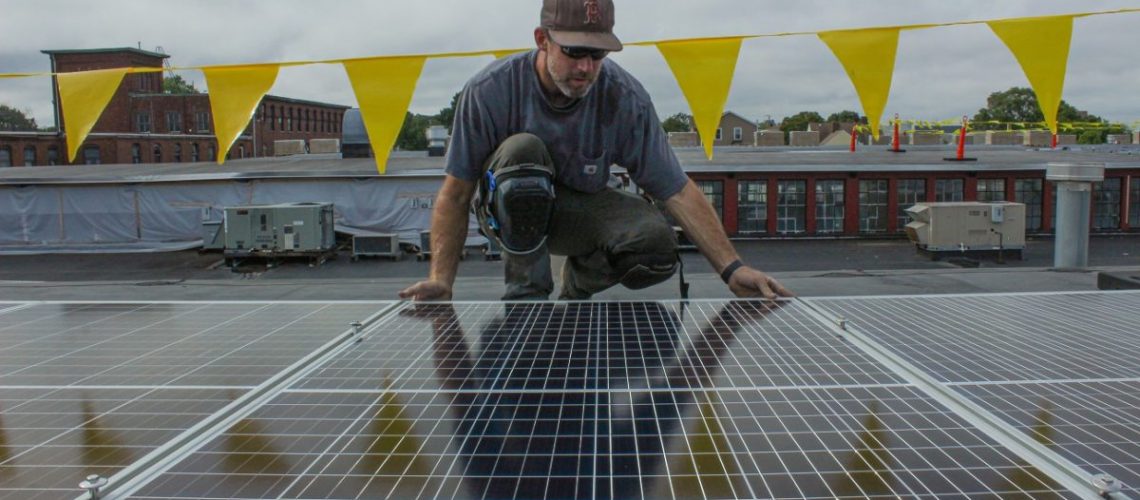The Senate of the nation’s smallest state has voted to require that 100% of the state’s electricity must come from renewable sources by the end of 2033.
June 3, 2022
Rhode Island’s upper house has passed Senate Bill 2274. The legislation sets a path for the state to source 100% of its retail electricity sales from renewable sources by the end of 2033.
The legislation now shifts to the House, after which – if passed – it would then move to the Governor’s desk. The House and Governor have both voiced support for the legislation, but the politics of Rhode Island are complex.
Minor amendments appeared in the final version of the legislation passed by the Senate. The House version of the legislation (H 7277) has not yet been fully aligned with the Senate version of the document.
The ramp to get to 100% is rather aggressive. In the Senate’s version of the amended legislation, 20.5% of the state’s electricity must come from renewable sources by the end of 2022. To reach 20.5%, the state has had to add 1.5% of renewable electricity to its sourcing since 2015.
Going forward, the amounts to be added must increase annually:
- 2023 – 4%
- 2024 – 5%
- 2025 – 6%
- 2026 – 7%
- 2027 – 7%
- 2028 – 7.5%
- 2029 – 8%
- 2030 – 8.5%
- 2031 – 9%
- 2032 – 9.5%
- 2033 – 9.5%
Interestingly, all of the required increases in renewable electricity add up to 101.5%.
The legislation does not yet require municipal electricity companies to move toward 100%. A report recommending how these companies should move forward must be submitted by September 1, 2024.
Rhode Island reported it had 1.08 GW of clean energy generation located within the state at the end of 2021. Of that capacity, 458 MW comes from solar, 430 MW from offshore wind, 148 MW from onshore wind, 35 MW from landfill gas/anaerobic digestion, and 9 MW from hydroelectricity.
According to the Energy Information Administration, 89% of the electricity generated within the state’s borders came from fossil gas in 2020, and the rest was generated by wind, solar, and other clean sources.
The state also imports a large amount of electricity. For instance, in 2018, a 400 MW request for proposal received a total of 41 project bids, cumulatively 2.5 GW of capacity, from eleven unique developers.
Since Rhode Island is the smallest state in the Union, it doesn’t require a huge amount of electricity. A report by the Brattle Group last year, projected that 4,600 GWh of additional renewable electricity generation per year should meet the needs.
If that generation demand were split equally between wind and solar, and the solar were to have a 17% capacity factor, the total required solar capacity would be 1.5 GW. The total installed capacity would probably be higher, due to lower capacity factors, as much of the solar in the state has been installed on rooftops.
For more on Rhode Island, read “50 states of solar incentives: Rhode Island“.



